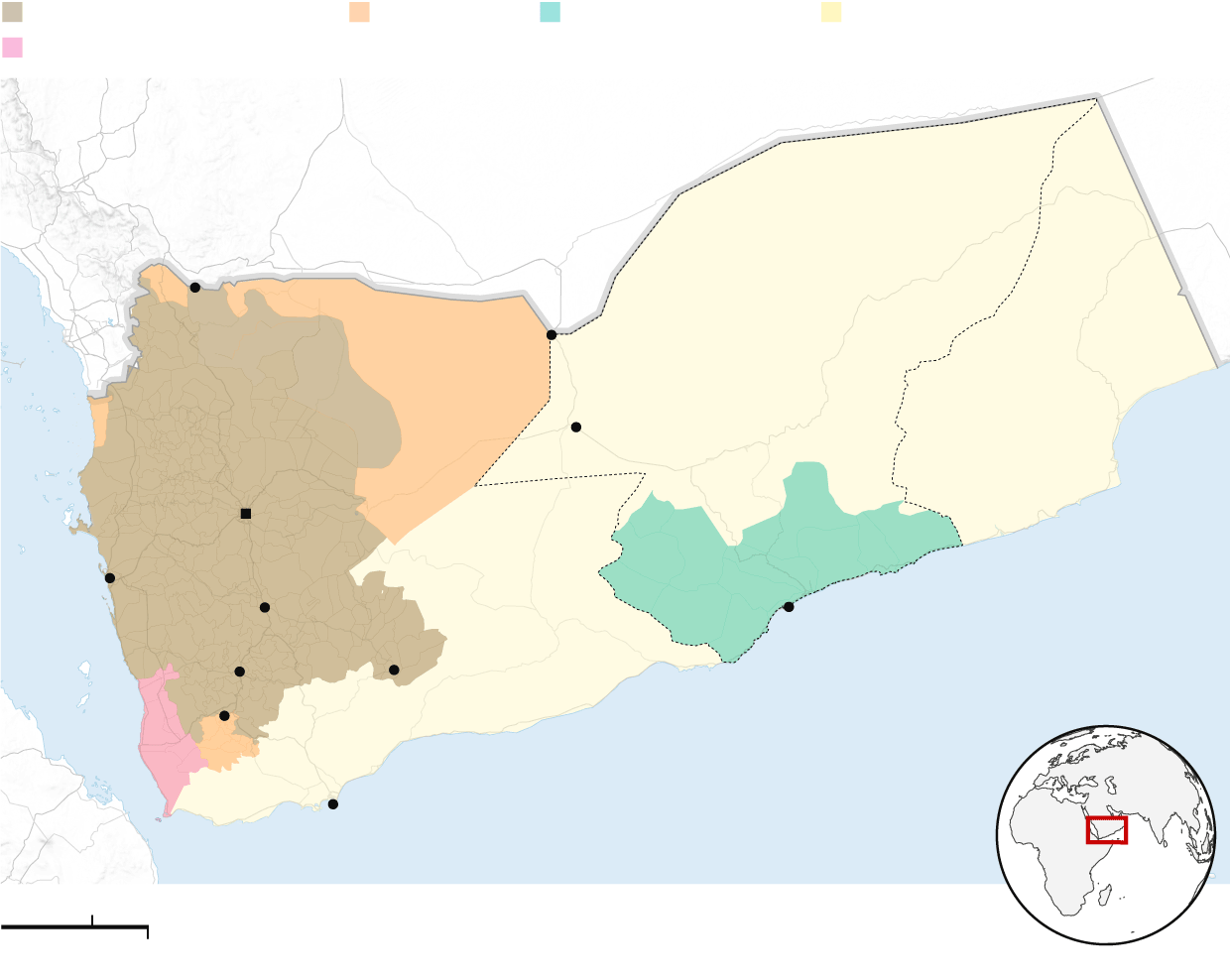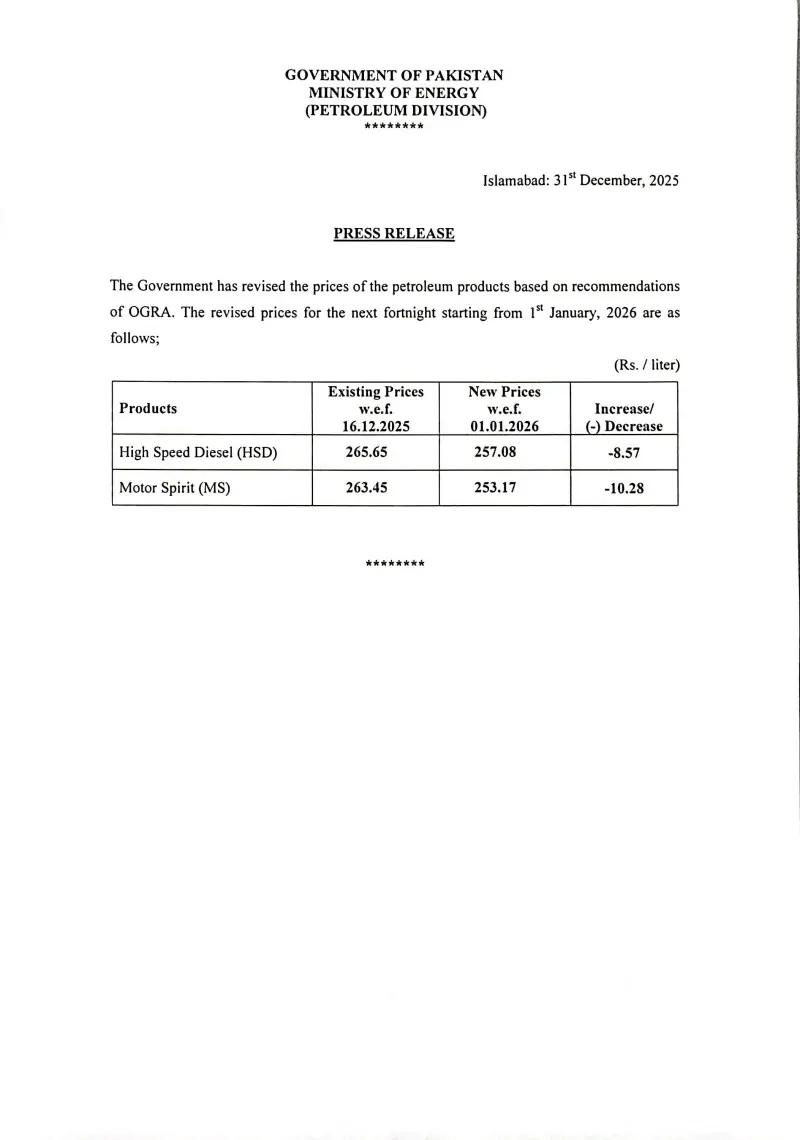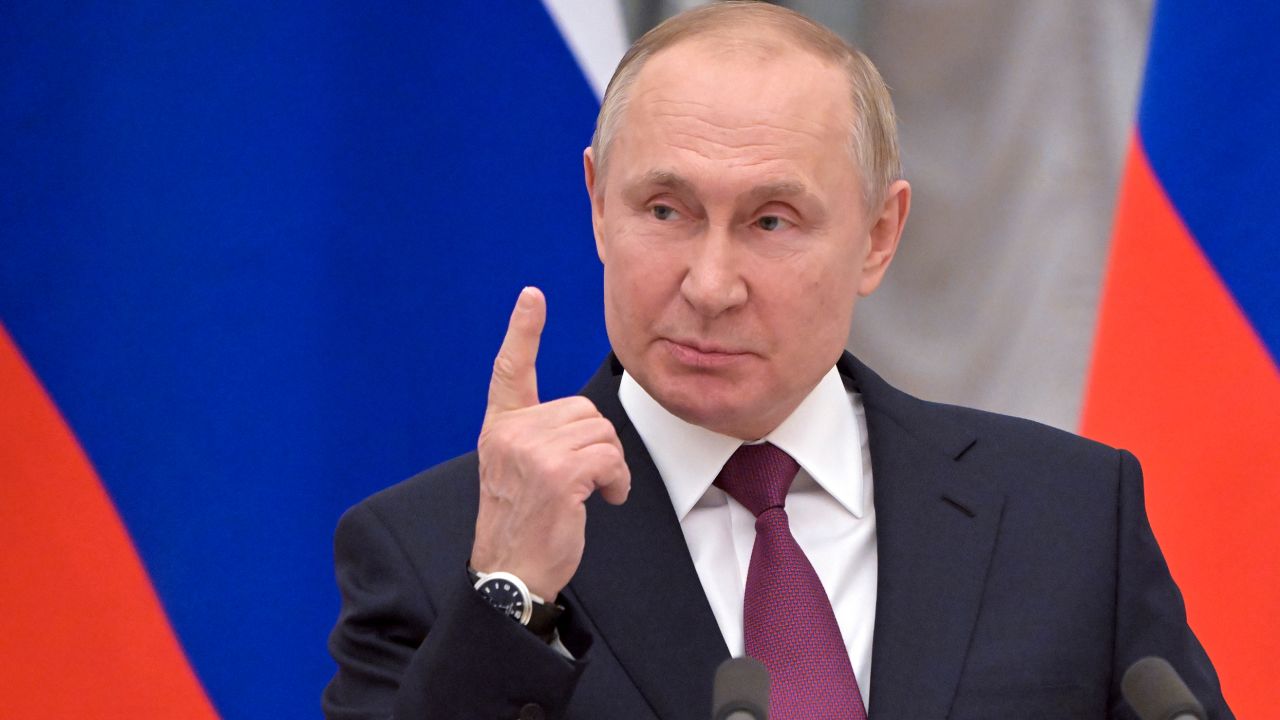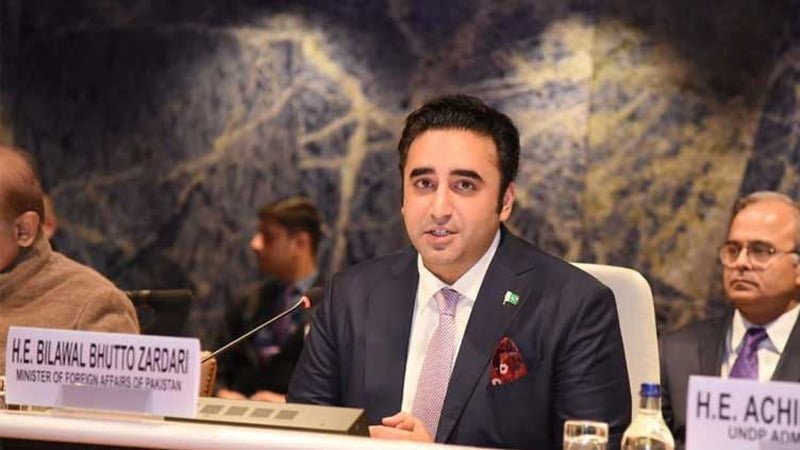In an unexpected shift, the State Bank of Pakistan (SBP) slashed its key interest rate by 100 basis points to 11% on Monday, surprising markets and beating analysts’ forecasts. The decision marks a continuation of the central bank’s dovish stance, driven by a sharp drop in core inflation over the past two months.
Most financial experts and brokerage firms had anticipated the SBP would either hold the rate steady or opt for a smaller cut of 50 basis points. Few predicted such an aggressive 100-point reduction.
Explaining the rationale, the Monetary Policy Committee (MPC) cited significant decreases in both electricity prices and food inflation as primary drivers behind the easing of inflation in March and April. “Core inflation also softened in April, aided by a favorable base effect and moderate demand,” the MPC noted in its statement.
This latest cut follows a series of rate reductions totaling 1,000 basis points since June 2024, bringing the benchmark rate down from its peak of 22%. The SBP had paused its rate-cutting cycle in March amid inflation concerns and external pressures, including rising US tariffs.
Analysts view the move as a calculated effort to balance economic recovery with price stability, particularly as inflation cools and external accounts show signs of resilience.
The MPC also acknowledged global risks, especially rising trade tensions and geopolitical uncertainty, which could pose challenges to Pakistan’s economic outlook. Still, the Committee stressed the need for a “measured monetary stance” to navigate these uncertainties.
Key developments since the MPC’s last meeting include:
- Economic Growth: Provisional data shows real GDP growth of 1.7% year-on-year in Q2 of fiscal 2025, with Q1 growth revised upward to 1.3% from 0.9%.
- Current Account: A $1.2 billion surplus was recorded in March, thanks largely to record-breaking remittances, helping to offset substantial debt repayments.
- Sentiment: Surveys indicate rising confidence among both consumers and businesses.
- Tax Collection: The government continues to face widening tax shortfalls.
- Global Outlook: The IMF has downgraded global growth projections for 2025 and 2026, citing tariff-driven uncertainty and financial market volatility, which has also led to a sharp decline in oil prices.
The IMF is set to review Pakistan’s $7 billion bailout program on May 9, where it will decide on releasing a $1 billion tranche and consider an additional $1.3 billion climate resilience loan.
Despite the risks, the MPC believes the real policy rate remains sufficiently positive to keep inflation within its 5–7% target range while supporting sustainable economic growth.
Recent data also points to sustained economic momentum, with rising sales in passenger vehicles and petroleum products, increasing electricity production, and improving business and consumer sentiment.















